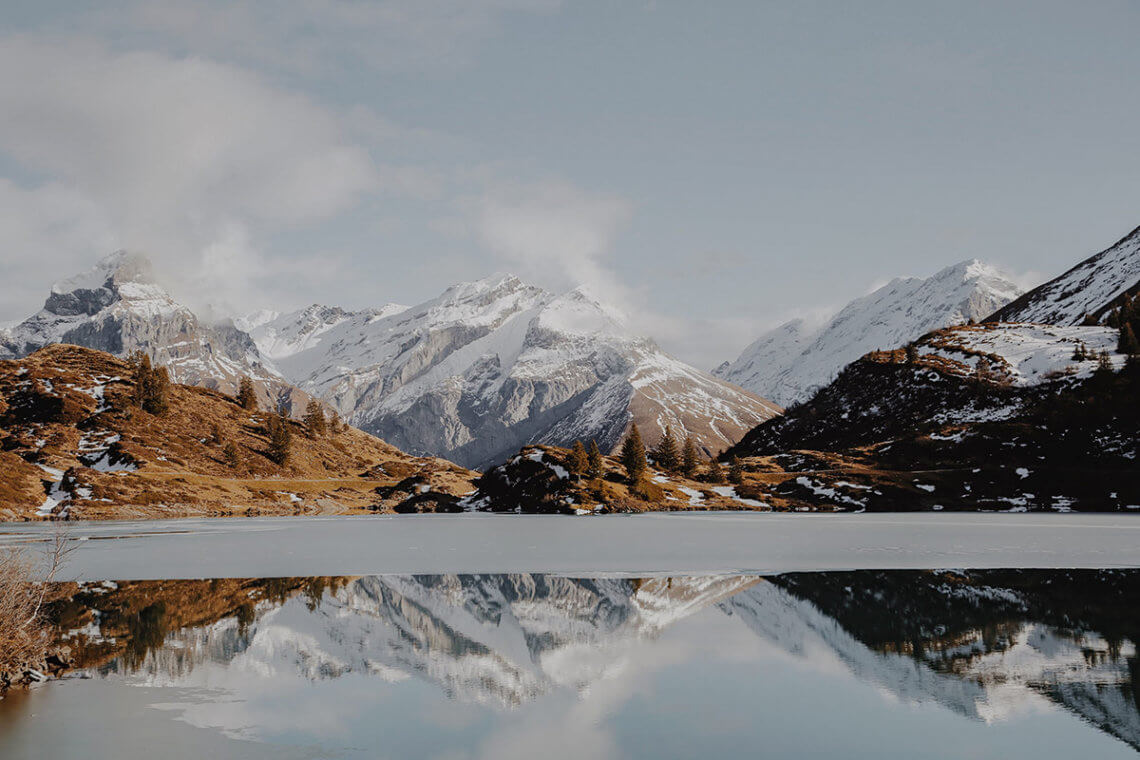
Let Someone Know Before You Go: Trail Safety + Trip Planning
Why is it important to let someone know where you’re going?
Have you ever seen 127 hours? It’s an incredible movie – made from a book – based on true events. It is the story of a man by the name of Aron Ralston, who set out on an adventure in Bluejohn Canyon and had his arm trapped between a rock and a hard place- literally. He ended up having to cut off part of his arm to survive.. and he had to cut it off himself.
This would certainly fall within the worst-case scenario side of things, but it shouldn’t prevent you from living your life outdoors! I think we could all learn something from his story. Preparation is boring, and checking in can make you feel like a kid again, but the potential benefits far outweigh the cost.
His story changed my perspective on letting people know about my adventures. Don’t get me wrong, it still feels like a chore to let someone know where I’m going, but those few minutes of effort could save my life if the worst should happen, and the same is true for you!
What can you do?
Fill out a trip plan
A trip plan is just that – a plan. It is a brief summary of contact information, the length of your trip, where you’ll be, and what your emergency contact should do if the worst should happen. A plan cannot anticipate every possibility, but it should at least prepare you and get you thinking about what to do if something goes wrong out there.
In an ideal world, you would fill out a trip plan and leave it with your emergency contact, regardless of the length or location of your excursion.
The hope is that by thinking about emergency precautions ahead of time, you are more prepared. If nothing else, it allows a response plan to be triggered from afar, and this is important! If you are knocked unconscious or if your phone dies, it is reassuring that someone will know your general whereabouts and that – eventually – people will be looking for you. That is certainly a step up from knowing you are left to completely fend for yourself.
The exact response plan varies, and it will depend on how comfortable you are outdoors, whether you have survival skills, and how long your trip is. If it’s a day hike, it will be obvious when you don’t return as planned. On the other hand, a multi-day hike may require more flexibility.
You want to make sure that someone will come when you have no other options, but you also need to make sure your emergency contact is not triggering the response plan in non-emergent events. Emergency resources exist for emergencies, not your convenience.
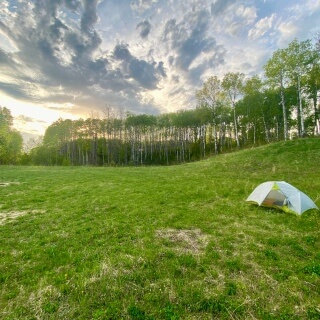
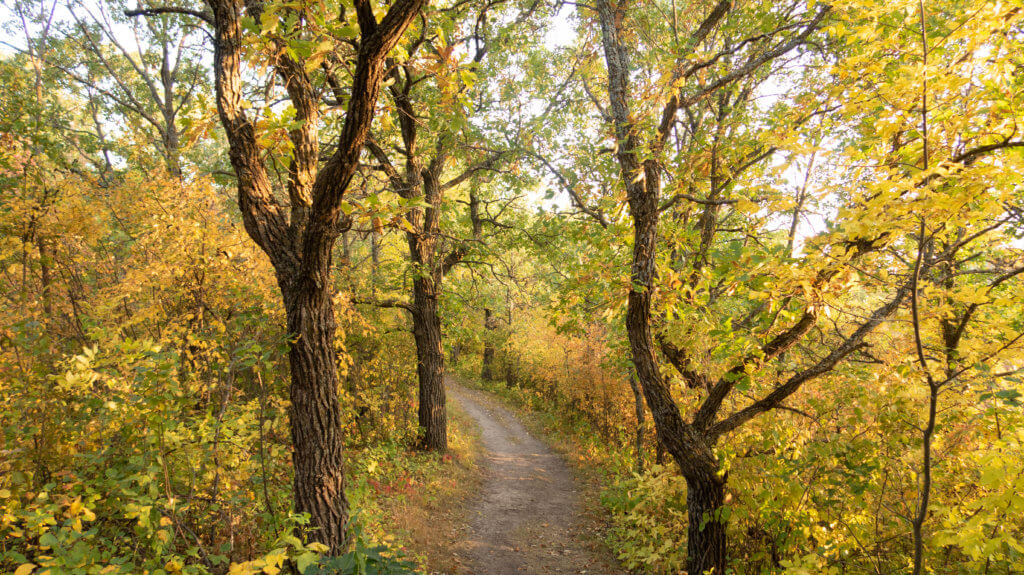
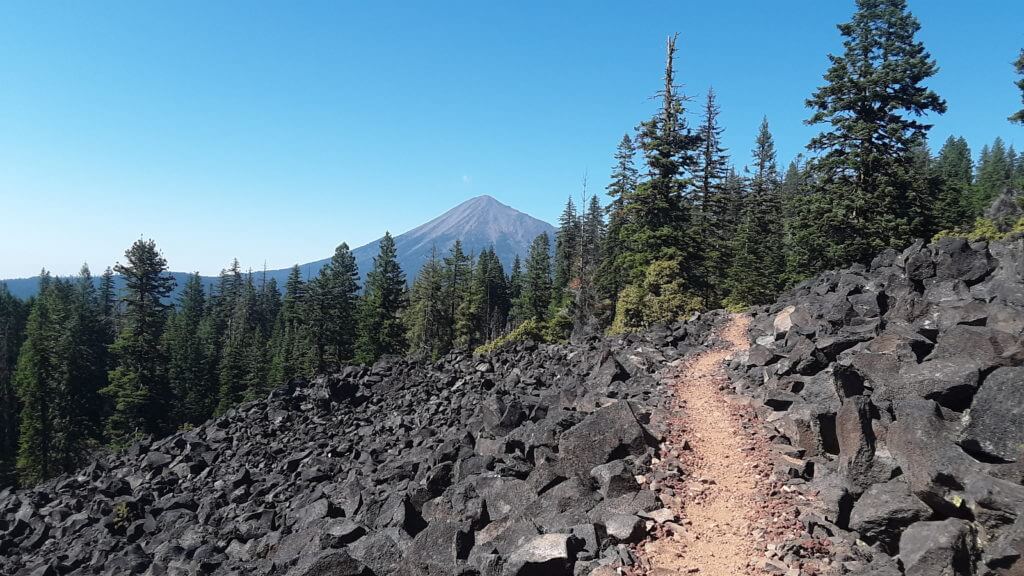
Things to Consider when Creating Your Trip Plan
Again, the whole point of the Trip Plan is to get you thinking. To boil things down to the basics, there are 3 main areas to focus on before heading out solo on the trail. These areas can be summarized by 3 questions:
1: How easy would it be to find you in the event of an emergency?
- Would you be able to pinpoint your coordinates?
- Is it one trail or a trail system? How long is the trail?
- Is it somewhere you frequently visit? How easily could you describe your location?
- Are you familiar with the terrain?
- Is your emergency contact familiar with your trail preferences within a trail system?
- Is there the potential that you could find yourself off the main trail? (i.e. cliffs, river crossings, etc.)
- How accessible is the trail to motor vehicles? Would extraction be possible at all points along the trail?
- How many trailheads are there? Could you be accessed faster from a different trailhead?
2: Would you be able to reach your emergency contact from the trail?
- Is there cell service?
- Do you have emergency contact information programmed into your communication device?
- How far away are your emergency contacts who could help if you needed it?
- Are you familiar with emergency services in the area?
3: Do you have the equipment you would need to handle an emergency on your own?
- Is your first aid kit stocked with the right equipment?
- Are you carrying overnight gear?
- Do you have a PLB (personal locator beacon) or an active satellite device subscription?
Most of these questions we think about are due to our innate protective instinct. Sometimes these questions even deter people from stepping out on the trail at all, but that doesn’t have to be true for you! Life is risk, and we make decisions based on the level of acceptable risk.
If you don’t feel prepared, take action!
Enroll in a first aid course, learn how to navigate, or buy a PLB – whatever it takes to reduce your risk to the point where you feel comfortable getting out there! Because, yes. Accidents happen, but ask yourself where you want to be when that accident happens. Would you rather be in your backyard or living life out on the trail?
All in all, completing a trip plan is a great way to prepare yourself, trigger a response from afar when communication checkpoints are missed, and feel more comfortable on your trip.
Never made a trip plan before? It’s never too late to start. Sign up here for your free Trip Plan Template that you can use for your next adventure!



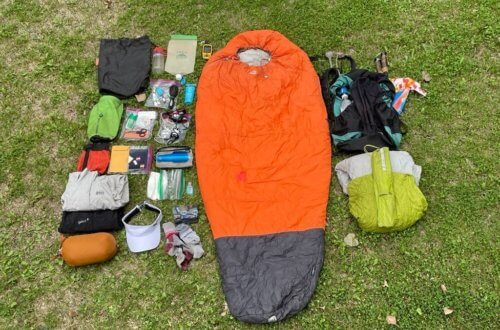
2 Comments
Jeanine
This is a great tip & infornation, thank you…we let people know information etc when travelling Overseas… Probably should do this for some of our long hikes/walks
Taylor
Absolutely! Whether you’re here at home or travelling abroad, check-in’s and some general details can go a long way when things don’t go as planned 🙂